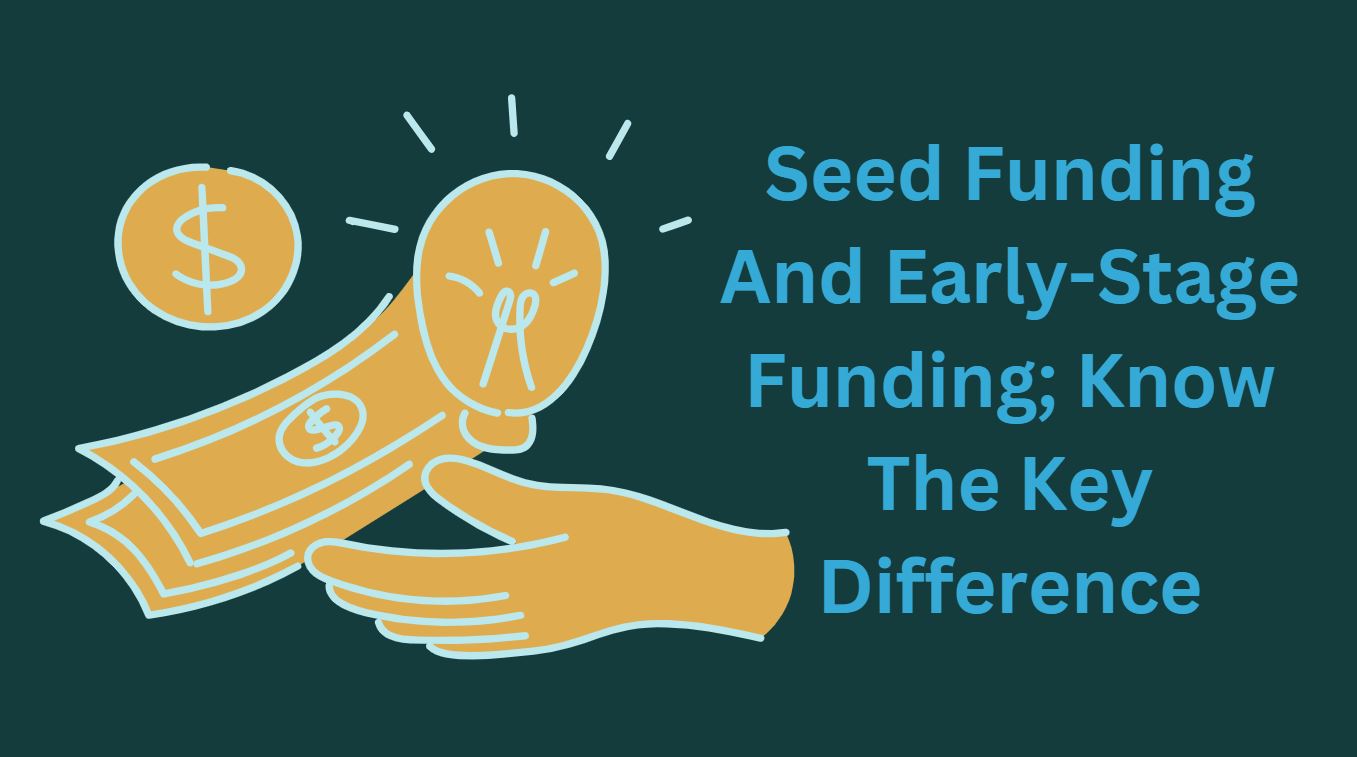- Likes
- Followers
- Followers
- Followers
- Subscribers
- Followers
- Members
- Followers
- Members
- Subscribers
- Subscribers
- Posts
- Comments
- Members
- Subscribe
Seed Funding And Early-Stage Funding; Know The Key Difference

Starting a startup or a business and implementing idea into reality needs funding in each stages since it is an expensive game which needs money as well as a lot of patience with solid determination to make the product or startup a Success.
Sometimes getting money funded to your startup is harder than simply starting or running a business itself. Fundraising is hard work every entrepreneur knows, as it need endless meetings, pitches, and negotiations on the desk of investors.
So if you are determined for the startup you have given life, the same determination you need to show in front of the investors. We have already covered the stages of startups funding in another article, now let us see the key differences in Seed Funding/Capital and Early Stage Funding/Capital–
Seed Funding/Seed Capital
As we have already covered the seed capital in our earlier article link given above, however Seed capital is the first source of investment your startup requires when it is in prototype stage or you have developed an initial product i.e. a minimum viable product (MVP). The seed capital can be sourced from friends and family (F&F), crowdfunding, credit cards, your personal savings, Syndicate funding (includes a startup, a lead investor and backers), P2P Lending Platforms etc.
The purpose of the money you are raising at this stage is commonly focused on research and development for an initial product, team building and sometimes marketing also.
There are many angel investors and seed accelerators who provide seed capital to the startups against some equities and partnership for the certain percentage in your company. These angel investors and seed accelerators not only invests in your startup but also potential enough to develop and pitch your solution to potential investors of next level.
Posts You May Like
Before reaching to the investor, first take the time to prepare, research, and validate your idea then approach them for a higher likelihood of acceptance. Apart from above, there are many of the venture capital firms also who are providing seed investments to the startups.
Once you received seed funding, you should provide tangible deliverable and milestones and update the investor regularly on your progress.
Later, when the business is up and running and turning a profit, you can pay them back, or they can sell their stakes to others who are looking for startup investment opportunities.
Early Stage Funding/Early Stage Capital
After the seed funding, when the product has been completely developed or achieved the stage where this can be floated in the market or shipped to the customers and now you want to expand the startup by adding employees or streamlining your production. At this stage, you may get profit out of your startup but that profit is not that enough to cover the costs of daily operations and the expansion, then early stage of funding comes where preferred stocks are allotted to the investors.
Early-stage financing comes in two parts, either Pre-Series A or Series A financing. This stage of funding generates more funding than seed funding usually the risks are equally higher. Angel investors or Venture capitalists are most likely to invest in your business at this stage when the startup has assembled key management, prepared a business plan and made market studies.
Such funding stages are followed by Series A+, Series B, Series C… rounds for additional funding when the startup is getting profitable.
Series B funding is used to make your product more sophisticated, to create aggressive marketing plan and to compete head-on with competitors. During this stage, the criteria for funding is evaluating the profit forecasts, how your company stacks up against its main competition, and whether intellectual property is involved and if so, its value in the marketplace. The funding limits are higher than Series A, but the risks are somehow lower.
Image credit- Canva


Comments are closed.